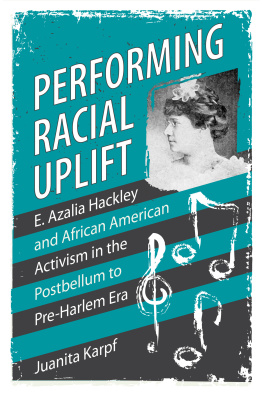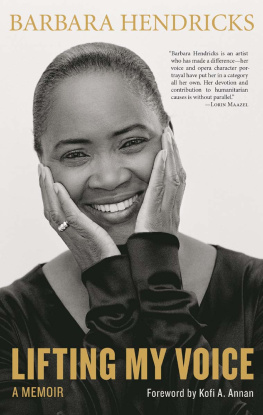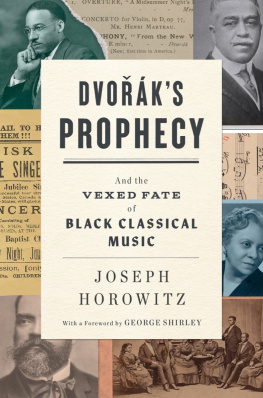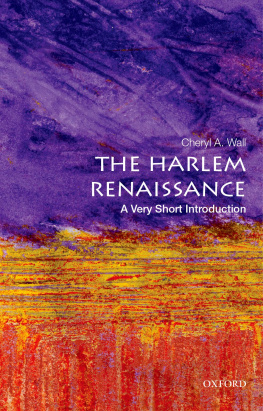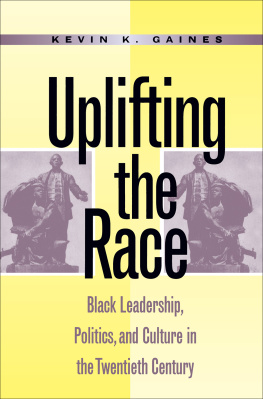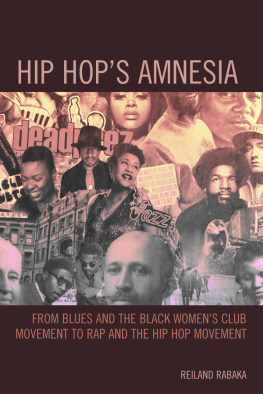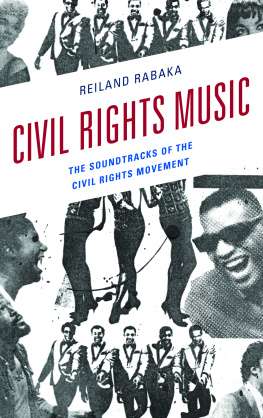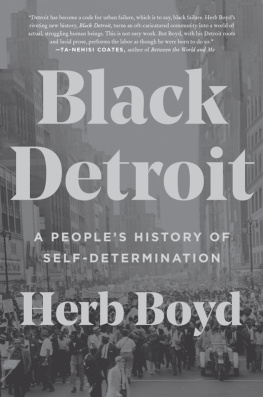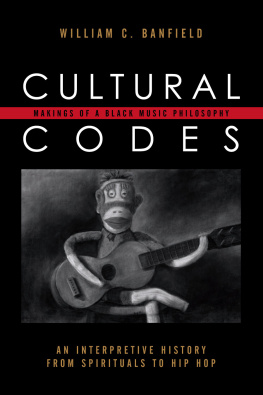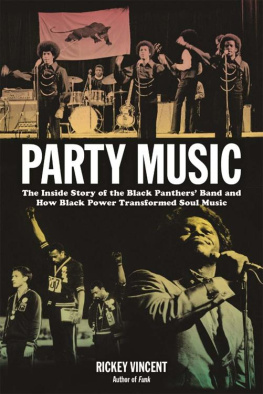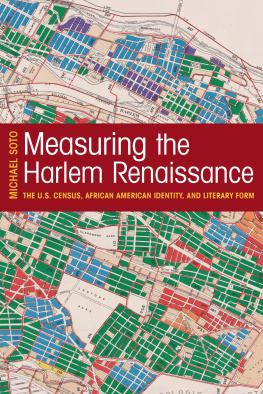Contents
Page List
Guide

PERFORMING RACIAL UPLIFT
PERFORMING RACIAL UPLIFT
E. Azalia Hackley and African American Activism in the Postbellum to Pre-Harlem Era
Juanita Karpf
University Press of Mississippi / Jackson
Margaret Walker Alexander Series in African American Studies
The University Press of Mississippi is the scholarly publishing agency of the Mississippi Institutions of Higher Learning: Alcorn State University, Delta State University, Jackson State University, Mississippi State University, Mississippi University for Women, Mississippi Valley State University, University of Mississippi, and University of Southern Mississippi.
www.upress.state.ms.us
The University Press of Mississippi is a member of the Association of University Presses.
Any discriminatory or derogatory language or hate speech regarding race, ethnicity, religion, sex, gender, class, national origin, age, or disability that have been retained or appear in elided form is in no way an endorsement of the use of such language outside a scholarly context.
Copyright 2022 by University Press of Mississippi
All rights reserved
Manufactured in the United States of America
First printing 2022
Library of Congress Control Number: 2021047891
Hardback ISBN 978-1-4968-3668-7
Trade paperback ISBN 978-1-4968-3679-3
Epub single ISBN 978-1-4968-3670-0
Epub institutional ISBN 978-1-4968-3669-4
PDF single ISBN 978-1-4968-3672-4
PDF institutional ISBN 1-4968-3671-7
British Library Cataloging-in-Publication Data available
To Cole, Glady, Mira, Noah, Selah, Shem, and Tosiarunning free
CONTENTS
ACKNOWLEDGMENTS
Expressing appreciation for all those who have assisted me requires that I dig deep as work on this book has occupied me, on and off, for many years. I first heard about Azalia Hackley from Thomas L. Riis, one of my faculty advisors and professors during my graduate student years at the University of Georgia. Dr. Riis guided me through the, at times, intimidating process of completing a short biographical entry about Hackley, which eventually became my very first publication. The essay appeared in Notable Black American Women, a reference work compiled by Jessie Carney Smith (Fisk University), who proved to be an understanding, supportive, and exacting editor.
Numerous attendees at conferences and symposia where I gave papers about Hackley have offered gracious and constructive comments about my work. Unfortunately, I cannot recall the names of all these individuals, but a few come to mind: William Banfield, Adrienne Fried Block, John Graziano, Sondra Howe, Felicia Miyakawa, Lawrence Schenbeck, Catherine Parsons Smith, Jean Snyder, Judith Ann Still, and Judith Tick.
Numerous librarians, archivists, and historical society staff members have assisted me in countless ways as I searched for information about Hackley and her times. Among those I must thank are the following: Beth Howse, Fisk University Library; Esme Bhan, Moorland-Spingarn Research Center, Howard University; Mary Kearns, Castleton (VT) Free Library; Allison Gallagher, Oberlin College Library; Diane Lee, Interlibrary Loan, Oberlin College Library; Kathy Abromeit, Oberlin College Conservatory Library; Virginia Feher, Interlibrary Loan, University of Georgia Library; Stephen Toombs and Jeffrey Quick, Kulas Music Library, Case Western Reserve University; Donzella Maupin, Hampton University Archives; Melissa Samson, Charles H. Wright Museum of African American History, Detroit; DeLisa M. Harris, Special Collections, Fisk University; and Liz Allen, London (England) Metropolitan Archives. I am also grateful for the assistance of staff members at the E. Azalia Hackley Collection of African Americans in the Performing Arts and at the Library of Congress.
Friends who patiently listened to me in many conversations about my fascination with Hackley and offered sage advice include Grace Elizabeth Hale, University of Virginia; Lynne Rogers, Mannes School of Music; and Leroy Bynum, Jr., Portland (OR) State University.
Lewis Nielson, my husband, has been a patient and stalwart ally and a constant supporter of my work. The music examples in this book benefitted enormously from his expertise with notation software. I owe him immeasurable gratitude.
I also appreciate the efficiency of the editorial staff at University Press of Mississippi. The suggestions for revisions from external reviewers proved to be most helpful. My work is much better as a result of their careful reading. Any errors in, or limitations of, this book are solely mine.
To those who provided support and assistance but whose names I have not mentioned above, I apologize.
PERFORMING RACIAL UPLIFT
INTRODUCTION
Bravo! Madam, Woman of Wonders, exclaimed Sylvester Russell, arts critic for the widely circulating African American newspaper, the Indianapolis Freeman.1 Russells exuberance came in response to a recital he had just attended, in early November 1911, presented by soprano Emma Azalia Smith Hackley. Glowing reviews, such as the one published by Russell, typified Black press reactions to Hackleys virtuosity and captivating stage presence. In addition to touring as a soloist, she conducted innumerable choral concerts and usually played her own piano accompanimentsalso to critical acclaim. Her extraordinary popularity spread throughout the United States, and she earned press accolades in London and Paris as well. However, her success as both a racial uplift activist and as a nationally respected music educator ultimately defined her career.
Hackleys life (18671922) fits neatly into the postbellum-pre-Harlem era, a descriptive term for the years from approximately 1863 to the early 1920s introduced by author Charles W. Chesnutt. For his characterization of this time span, Chesnutt consciously selected demarcations that reference two momentous occurrences in African American history: Emancipation, at one end, and the initial stirrings of the Harlem Renaissance, at the other. He intended postbellum-pre-Harlem to convey an African American ethos; champion accomplishments in the Black arts, humanities, and literature; and promote the flowering of the racial uplift movement. Of equal significance, Chesnutts designation stands in stark contrast to the implications of more familiar delineations of the later nineteenth and early twentieth centuries, namely, the Victorian Age, Progressive Era, or Gilded Age, all of which reflect decidedly white values and socio-historical biases. So, too, the spirit of the postbellumpre-Harlem era offers a more optimistic and prescient alternative to African American historian Rayford W. Logans analysis of these years as the Nadir, a period cluttered with flagging political efforts, disenfranchisement, and racist violence.2 Hackleys career exemplified the activist yearnings of the postbellum-pre-Harlem era, during which African American achievement held forth promise to deflect and dismantle the systematic ravages of racism and segregation. With his epithet and its implications, Chesnutt also celebrated the efforts of Black intellectuals and leaders who strove to bolster race consciousness and solidaritya dimension of uplift activism with which Hackley readily identified and tirelessly promoted.3
Performing, in various manifestations, assumed preeminence in Hackleys career, hence, the reference to performance in the title of this book carries multiple meanings. Beyond her accomplishments as a solo artist, Hackley also earned accolades as a producer and director of community music events, especially during World War I, when she originated a unique pageant genre conceived for African American patriotic celebrations. Fundraising also occupied her throughout her career, and she skillfully enticed audiences to contribute money for philanthropic and charitable causes. For Hackley, teaching became performative as well, especially as most of her instruction took place before large audiences. She was sought after, nationally, as a lectureranother performative actspeaking to her audiences about a variety of subjects, some of them quite far removed from the world of music. She also aspired to be an author, and, as readers constitute yet another audience, I extend the meaning of performance to include Hackleys publication projects, especially as virtually all of what she wrote originated as talks she gave. And finally, Hackley performed what she construed to be the ideal image of African American womanhoodas an embodiment of achievement and unimpeachable morality that capitalized on elegance, fashionable attire, and respectability.

